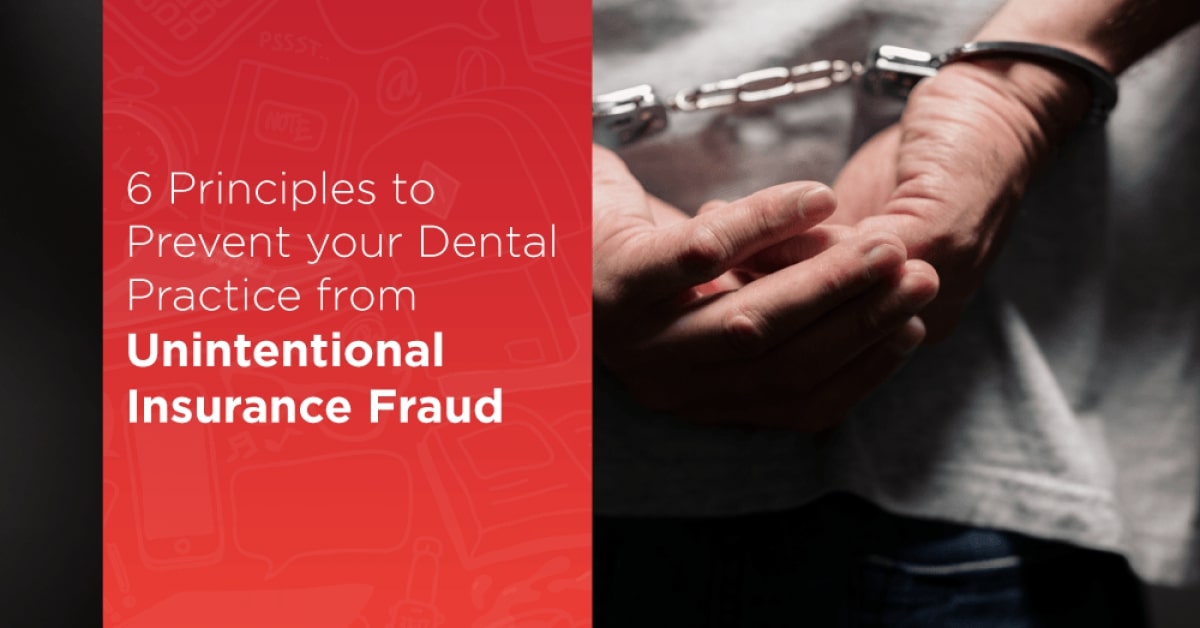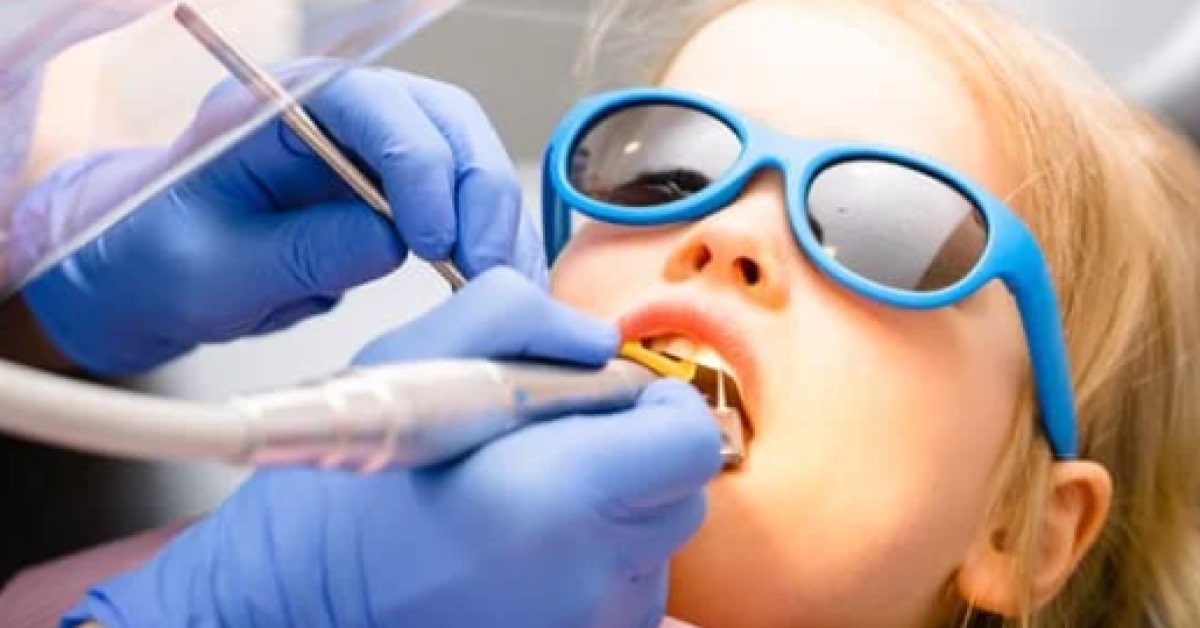Blog
June 12, 2019 • 5 min read6 Principles to Prevent your Dental Practice from Unintentional Insurance Fraud
Ensure your medical billing for dentistry is compliant with regulations to protect your doctor, practice, and yourself. Don't be complacent and learn the rules. Here are some billing principles to ensure compliance.
Author

Laurie Owens
CPC | CPB | COC | Director Of Medical Billing Education for Devdent

In this Article
Do you look good in orange How about black and white stripes? We laugh now, but are you sure that your medical billing for dentistry is compliant with regulations? When it comes to billing medical insurance for dentistry, what you don’t know CAN hurt you! Don’t get complacent with learning and applying the rules to your billing. I am not saying you have to agree with the rules, I sure don’t. Regardless of how you feel, you should want to safeguard your doctor, practice and honestly, yourself. So, here are some billing principles to make sure you are in compliance:
1. No writing off co-payments or deductibles.
Now, in dentistry, how many times have you heard…we will do your treatment for what insurance pays? That is complete fraud.
The co-payment is the amount your patient is required to pay per visit. They have a contract with their insurance company and you have to honor it. When they see their doctor for an office visit, there is a co-payment of 20-25-30 that is their responsibility. This is something you cannot arbitrarily write off.
The annual deductible is the amount your patient is required to meet before the code percentages can be applied. Again, to meet this amount it might not be paid to your practice, but it is a huge benefit for your patient. If your claim is $5,000 and the deductible is $5,000, your claim will be applied to their deductible and is now satisfied for the plan/calendar year. Your practice MUST collect the deductible amount from your patient…it CANNOT be written off.
2. Don’t unbundle codes.
When you take a cone beam image, you bill medical for 70486 using modifier TC for the technical component (only taking the image) or 26 (for only the doctor reading the image). If you take the image and the doctor reads it the same day, you will use no modifier.
Say, for instance, that a practice knows the patient has a pano available on their dental benefits: Instead of billing the D0367, you bill a D0330. You have just unbundled the code.
Don’t let insurance dictate your billing…bill for what you do and do not alter codes because you believe it will be paid. Be honest!
3. Always disclose payment from another insurance.
Whether you bill dental insurance after medical, you MUST disclose what was paid by medical. If your claim to medical insurance was applied to the deductible and you did not receive any payment, then there is nothing to declare because they did not pay. Disclosure of payment from another insurance is vital for compliance.
4. Make sure your documentation supports the claim.
You cannot file a claim with diagnosis codes that are not described in your documentation. Medical insurance does internal audits, and if you were paid by medical and now they want to see your chart notes, you had better have the back up support to prove medical necessity.
5. Never upcode when billing for evaluation and management.
We need to remember that as dental providers who complete medical services, we must stay within the scope of our license (head and neck). What that means for new patients or established patients is that our coding cannot go into examining body systems outside our area (head and neck). Be conservative on your codes for exams because we are looking at two things:
a) Time the doctor spends face to face with the patient regarding only the problem
AND
B) Specific documentation requirements
For instance, if the doctor spends 10 minutes with the established patient but they have an expanded complex health history and expanded doctor exam, you will not be able to bill the larger exam code because the time requirement is 30 minutes.
6. Your fee is your fee is your fee!
That means your dental fee is your medical fee and is also your PPO UCR fee. You cannot charge more than your practice’s usual, reasonable and customary fee because you know medical insurance will pay at a higher rate. This is a big NO-NO.
If your treatment estimate does not match the medical EOB, your dental EOB, and your patient’s ledger, then your patient can contact any of their insurance providers and report a discrepancy. Now, that does not mean that you can’t re-proportion some of your fees in order to maximize medical reimbursement and decrease dental PPO adjustments. Devdent can help you with this.
These 6 principles are a great start, but the best first step to compliance is to attend a Devdent Medical Billing Course for Dentistry or Medical Billing and Dental Sleep Medicine. The education and support are vital to ensure your medical billing success.



